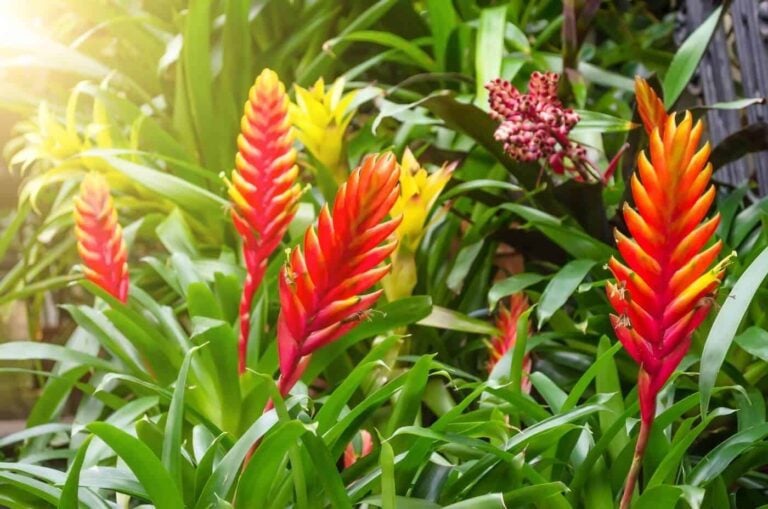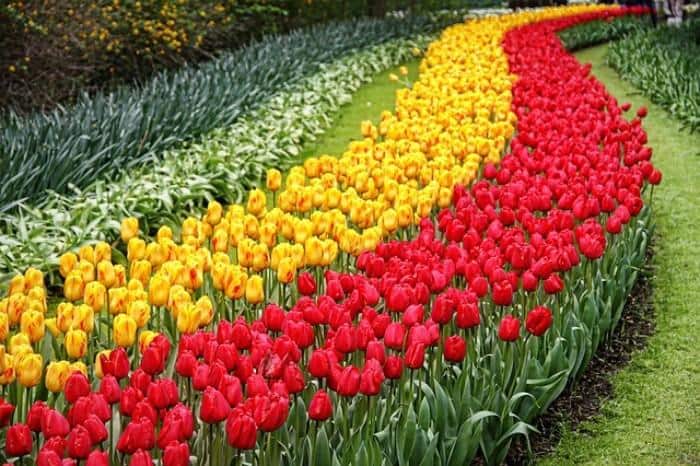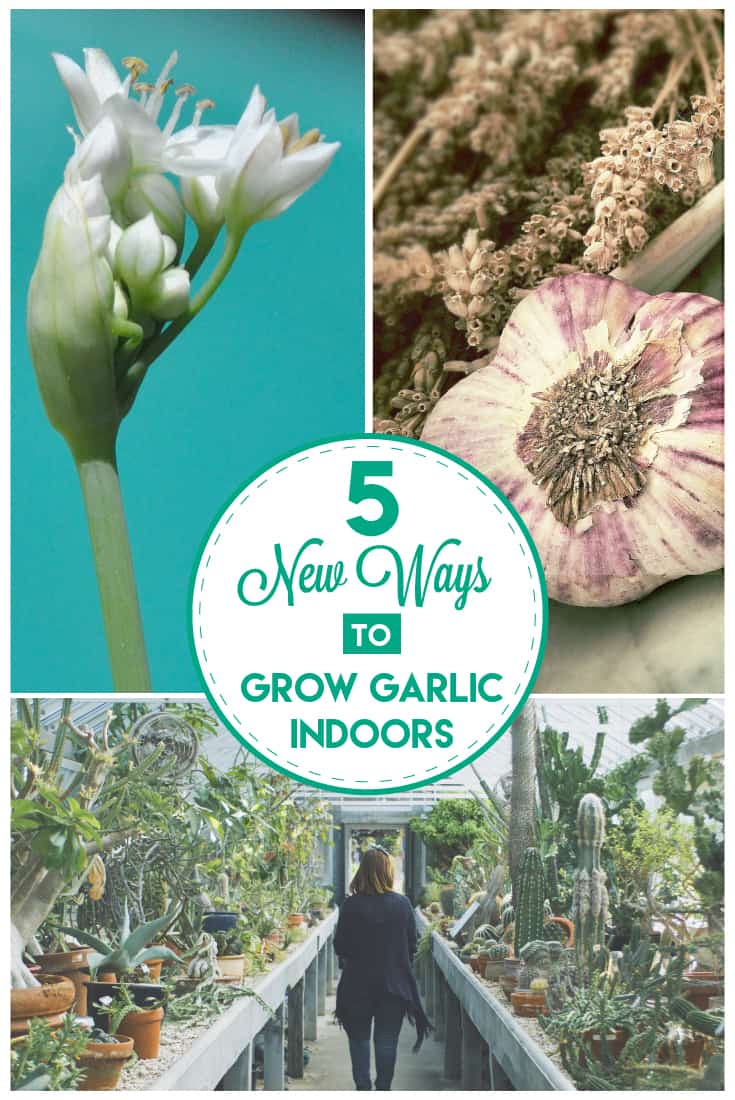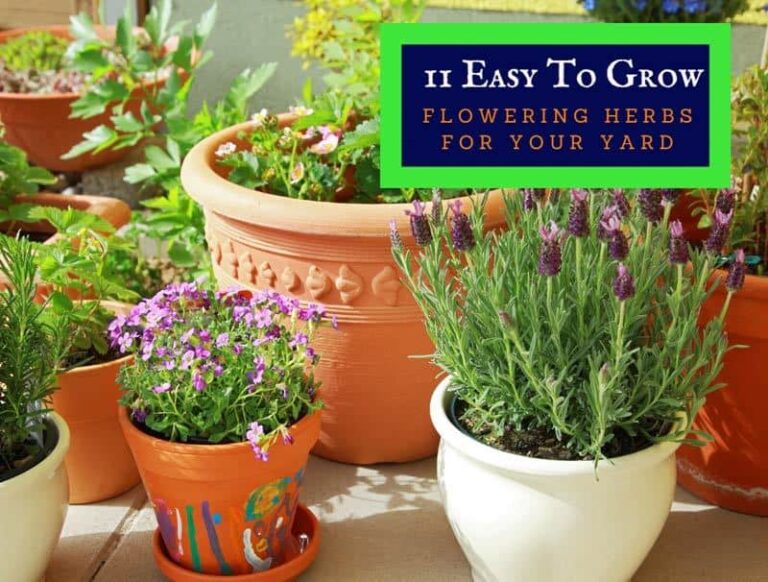Taking Advantage of Broccoli Season
Broccoli (Brassica oleracea var. botrytis), like other members of the brassica or cabbage family, does best when the weather is cool. For that reason, broccoli season is in either the early spring or fall. In some areas, where the weather stays cool all year round, broccoli season is a year-long affair. If you live in a warmer area, it’s often best to plant your broccoli for a fall harvest, so that it’s not damaged by summer heat. In cooler areas that experience a frost, broccoli is often best planted for a spring harvest.
Ideal Conditions for Broccoli
Broccoli prefers cool, but not too cold weather. The plant needs to be harvested before temperatures hit 75 degrees Fahrenheit, according to Harvest to Table.
Higher temperatures encourage the plant to produce flowers, a process known as bolting. Broccoli flowers might be pretty to look at, but they aren’t very tasty to eat.
While broccoli suffers when temperatures are too hot, it also suffers when temperatures dip too low. According to Bonnie Plants, if broccoli is exposed to temperatures lower than 40 degrees Fahrenheit for longer than a week, it will experience a chilling injury. The injury from the cold will affect its ability to produce a healthy head of broccoli.
Temperature also plays a role in whether or not the seeds of a broccoli plant will germinate. As the Old Farmer’s Almanac points out, the seeds will germinate in soil with a temperature as low as 40 degrees. But, the ideal soil temperature for seed germination for broccoli plants is between 45 and 80 degrees Fahrenheit, according to Cornell University.
Broccoli Seasons
Since broccoli likes cool weather, in most of the country it has two main growing seasons: in the early spring and in the fall. In areas where the weather is relatively temperate all year around, such as San Francisco, broccoli can be in season all year. The Center for Urban Education about Sustainable Agriculture lists broccoli as being in season from January through December.
Broccoli in the Spring
When you plant broccoli for spring harvest depends largely your area and how you plan on planting the seeds. If you start seeds indoors, you can get a jump on the growing season for spring.
Usually, you’ll start broccoli seeds indoors about six weeks before the final frost date for you area. If you’re not sure when the last frost date is, you can use an online lookup tool to get a best guess estimate.
If you’re going to direct sow broccoli in your garden, which means you’ll plant the seeds right in the soil, you can wait a bit longer before planting. Usually, it’s safe to direct sow broccoli seeds about three weeks before the last frost date in your area. You can also look at the soil in your garden to get an idea of whether it’s time to plant broccoli seeds or not.
The soil needs to be workable, which means it isn’t still frozen solid. It can still be cool to the touch –remember broccoli seeds will germinate in lower temperatures.
A broccoli plant you’ve grown from seed will need about 100 days to reach maturity and be ready for harvest, from the date the plant starts to grow. If you’re able to find transplants at a garden center and plant those, it can take up to 80 days before the plants are mature.
Broccoli plants are mature when the head or crown at the center of the plant is covered in tiny, tightly closed buds. You want to harvest the head before those buds start to open for the best taste and texture.
https://youtu.be/3Rdlil7skdY
Don’t think your broccoli plant is finished once the main head is harvested though. As the video from the University of Illinois Extension shows, you can get more from your broccoli plant if you maintain it after harvesting the head. Many varieties of broccoli also produce a number of side shoots, which are smaller than the main crown but still edible.
Broccoli in the Fall
Although many broccoli plants are done by the time the heat of summer comes along, you can plant another round of seeds to enjoy a season broccoli season in the fall.
Just like planting broccoli in the spring, you can either direct sow seeds for a fall crop or start transplants indoors. Instead of paying attention to the last frost date, now you want to pay attention to the first frost date for your area.
It’s ideal to direct sow broccoli in your garden between 85 and 100 days before your area’s first frost date. Planting then will give your broccoli time to produce a head and even some side shoots before a killing frost comes and wipes it out for the season.
If you are starting seeds inside and transplanting them, start the seeds around May or June, then transplant them outdoors 85 to 100 days before the first frost date.
In areas that don’t really get a frost, you plant broccoli seeds in late summer, such as in August. The plants will grow through the fall and you’ll be able to harvest heads and shoots in the winter.
Choosing Between Spring and Fall
Does it matter whether you plant broccoli in spring or fall? It all depends on where you live and what your summers are like. If your area has hot summers and if temperatures climb past 75 or 80 degrees Fahrenheit early in the spring, it’s often best to save broccoli season for the fall.
Waiting until mid summer to plant your broccoli for a fall harvest helps you avoid heat damage to the plants. Although both too hot and too cool temperatures will hurt broccoli, the plant very much prefers cold to heat.
Broccoli can be a plant that’s available all-year round, if the weather conditions are right. For people who live in areas that experience four seasons, broccoli season is usually in the early spring or sometime in the fall.







It’s interesting that wooden bridges should be used with pressure-treated lumber. My wife and I want to add a Japanese garden bridge in our backyard to accommodate the water back there. We’ll have to find the right materials and paint it red to have the right aesthetic we’re going for.